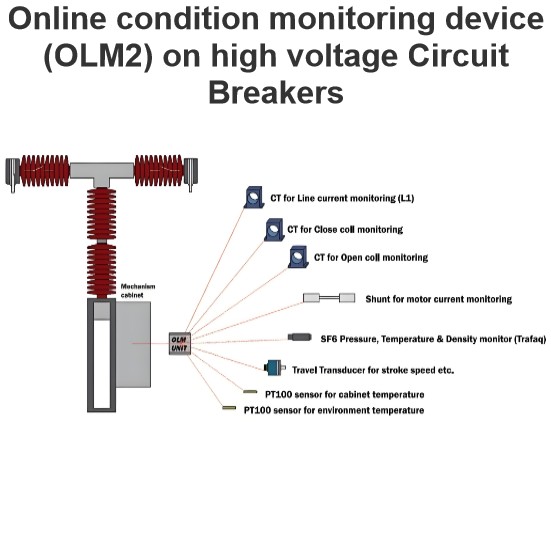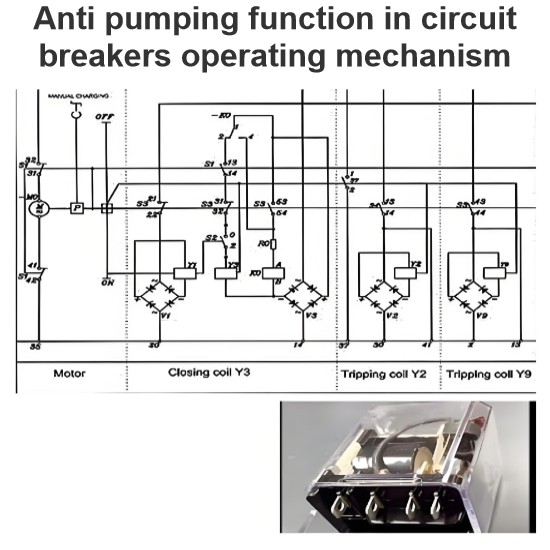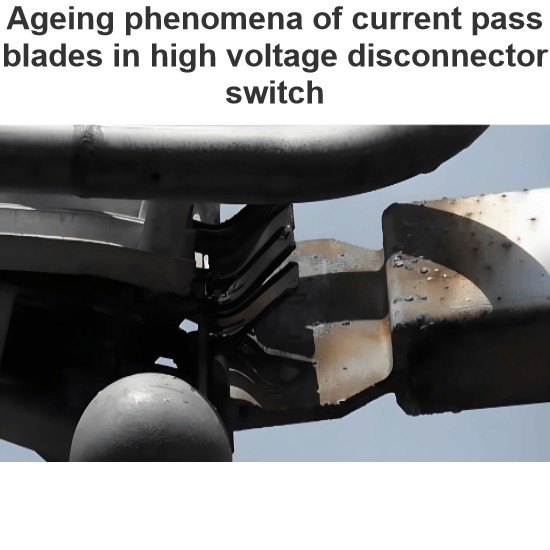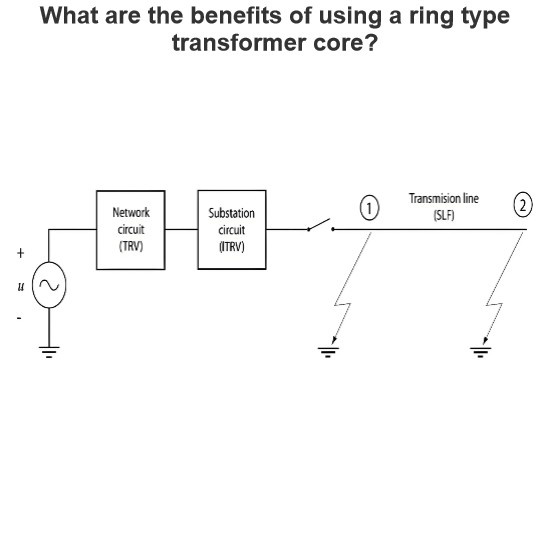Vibration signal application in switchgear
Vibration Signal Analysis for Circuit Breaker (CB) Health Monitoring
Introduction
During the opening and closing processes of a circuit breaker (CB), a vibration signal is generated. This signal contains valuable information about the health status of the equipment, including the moment of arc contact opening, which can indicate wear and tear, mechanical issues, or other potential problems. One critical aspect of CB health monitoring is the measurement of switchgear contacts ablation, which refers to the gradual shortening of the arcing contacts due to material loss during each operation.
Switchgear Contacts Ablation Measurement
The arcing contacts of a CB get progressively shorter as they are ablated during each operation. This ablation process leads to a delay in the time instant when the arcing contacts touch, which can be monitored using vibration signals. The proposed method involves measuring the vibration signal from the shell of the CB using an accelerometer. The acquired data can be used in two primary ways:
- Comparing Vibration Patterns with a Reference Record:
- Quantifying the Difference: By comparing the acquired vibration pattern with a reference record (a known healthy state of the CB), it is possible to quantify the difference between the two. This comparison can help identify changes in the CB's behavior over time, such as increased delays in contact touch due to ablation.
- Threshold-Based Detection: A threshold can be set to trigger an alert if the difference exceeds a certain level, indicating that the contacts have worn down significantly and may require maintenance or replacement.
- Detecting the Time Interval:
- Time Interval Analysis: By analyzing the time interval between key events in the vibration signal (e.g., the moment of contact opening and closing), it is possible to detect changes in the mechanical timing of the CB. For example, as the contacts wear down, the time interval between the start of the opening process and the actual separation of the contacts may increase, indicating progressive ablation.
Detecting Mechanical Problems
Vibration analysis can also be used to detect mechanical problems in the CB. One effective method for this is the use of Dynamic Time Warping (DTW), an algorithm that aligns and compares time series data, even if they are not perfectly synchronized. DTW is particularly useful for detecting subtle changes in the vibration pattern that may indicate mechanical anomalies, such as misalignment, loose components, or wear in moving parts.
Steps for Using DTW in CB Vibration Analysis:
- Data Collection:
- Install accelerometers on the CB shell to collect vibration data during the opening and closing operations.
- Collect baseline (reference) vibration data from a healthy CB for comparison.
- Preprocessing:
- Filter and normalize the vibration signals to remove noise and ensure consistency across different measurements.
- Segment the vibration data into relevant time intervals corresponding to specific events (e.g., contact opening, contact closing).
- DTW Algorithm Application:
- Apply the DTW algorithm to compare the collected vibration patterns with the reference data.
- Calculate the distance (or similarity score) between the two patterns. A larger distance indicates a greater deviation from the normal operating condition.
- Anomaly Detection:
- Set thresholds for the DTW distance to identify when the vibration pattern deviates significantly from the reference.
- Use these thresholds to flag potential mechanical issues, such as misalignment, wear, or other faults.
- Continuous Monitoring & Periodic Measurement:
- Implement continuous monitoring by regularly collecting vibration data and comparing it against the reference using DTW.
- Perform periodic measurements to track the long-term health of the CB and detect trends in mechanical degradation.
Example: Vibration Analysis by DTW for High-Voltage (HV) CBs
In the provided graph, a vibration analysis using DTW is shown for an HV CB. The graph likely displays the following:
- X-Axis: Time (or sample index) representing the duration of the CB operation (opening or closing).
- Y-Axis: Vibration amplitude or a derived metric (e.g., acceleration) from the accelerometer.
- Reference Curve: A smooth curve representing the vibration pattern of a healthy CB.
- Test Curve: A potentially irregular curve representing the vibration pattern of a CB with suspected mechanical issues.
- DTW Distance: A value or curve showing the similarity or dissimilarity between the reference and test curves. A higher DTW distance indicates a greater deviation from the normal operating condition.
By analyzing the DTW distance over time, it is possible to detect changes in the CB's mechanical behavior, such as increased wear or misalignment, even before these issues become critical.
Conclusion
Vibration signal analysis, particularly using Dynamic Time Warping (DTW), provides a powerful diagnostic tool for monitoring the health of circuit breakers. By comparing vibration patterns with reference data and detecting changes in the time intervals of key events, it is possible to identify mechanical issues, monitor contact ablation, and predict potential failures. This method is suitable for both continuous monitoring and periodic inspections, ensuring that CBs remain reliable and safe throughout their operational life.
Hello,I'm Wdwiin. A decade of hands-on experience in electrical engineering, specializing in high-voltage systems, smart grids, and renewable energy technologies. Passionate about technical exchange and knowledge sharing, committed to interpreting industry trends with professional insights to empower peers. Connection creates value—let’s explore the boundless possibilities of the electrical world together!













